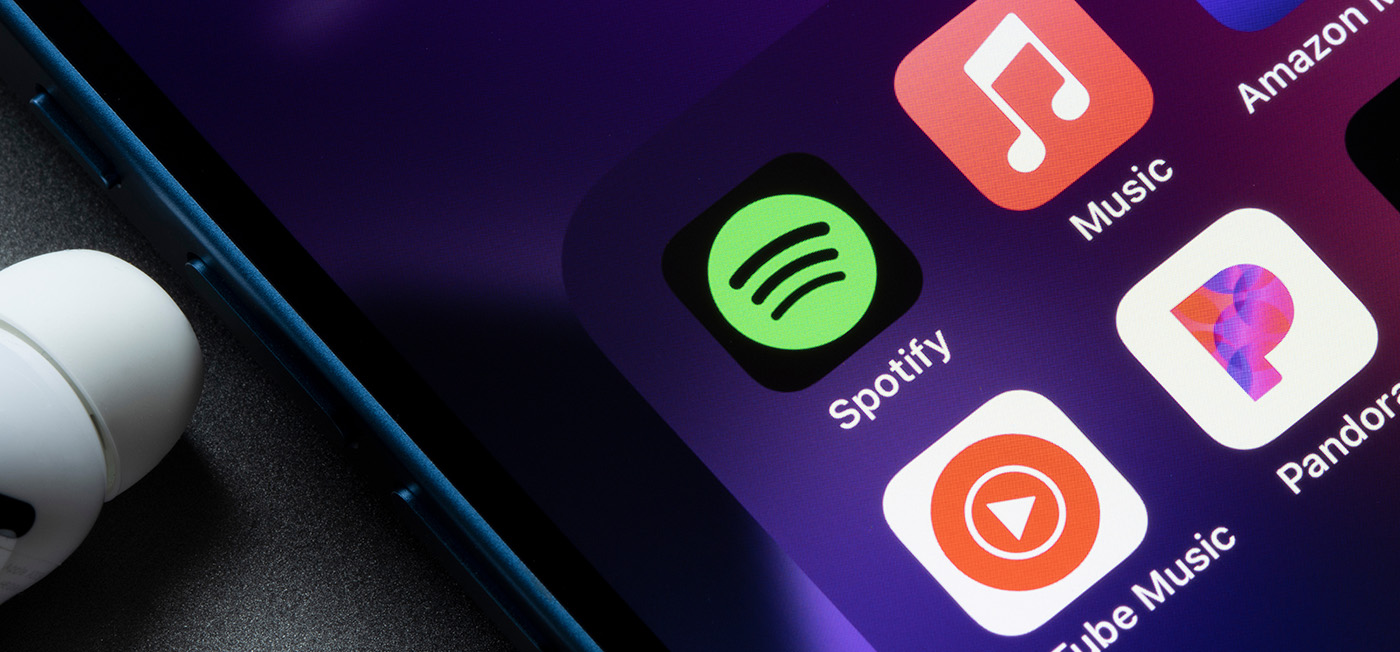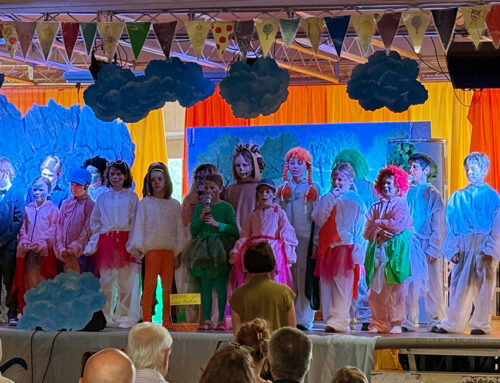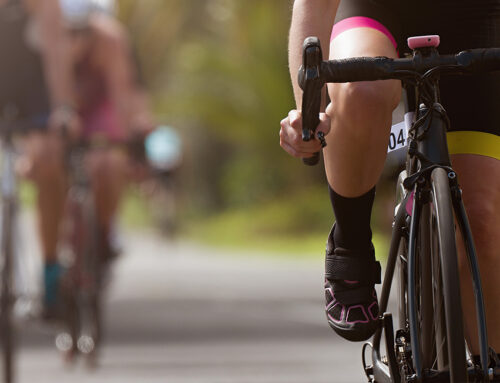Deaf on one side due to otosclerosis – hearing on both sides thanks to cochlear implant
For 18 years, Christian Vogt heard very little or nothing in one ear: “As if my ears were plugged.” In early 2025, he regained his hearing with a cochlear implant.

“Theatre really started for me back in 2006,” recalls Christian Vogt.
While driving, Christian who was 31 at the time suddenly had the impression that he could hardly hear anything in his right ear. “It was as if someone had stuck a plug into your ear — and that was it.” Although the army doctor had already detected some hearing loss on one side during his medical examination for conscription, he classified Vogt as “fit for service with minor restrictions” and made no further recommendations. Since Vogt hadn’t noticed any impairment either during his military service or in everyday life, he initially left it at that.
Then, in 2006, came the sudden hearing loss in his right ear — right in the middle of that car ride. When, contrary to all hopes, his hearing did not return to its previous level, the native of Lower Austria consulted an ENT specialist and later a specialist clinic. But with only twenty percent residual hearing in the right ear and a healthy left ear, the experts at the time could not help him. “It was probably a bit of negligence on my part,” he admits in hindsight, since he has had to live with significant limitations in daily life ever since.

CI user Christian Vogt has only words of praise for the team at University Hospital St. Pölten, who take care of him and his CI ear. ©Eva Kohl
“It's hard for people with normal hearing to understand!”
Vogt particularly suffered from a constant feeling of pressure in his ear. “It felt like there was a plug inside that you just needed to get out so you could hear again.” Sometimes, the urge to “free” his ear was so strong that, as he puts it, “I could have taken a fork and stabbed it into my ear.”
“It was always difficult when there was a lot of background noise,” he remembers many uncomfortable situations. “Or when someone spoke to me from the right side, I simply didn’t hear them. Of course, they thought I was ignoring them — after all, I don’t have a sign on my forehead saying that I am deaf in one ear.”
The St. Pölten native speaks of what he calls “certain sources of friction” within the family — for example, when the preferred TV volume level in the evening differed drastically, or when his wife made comments too quietly or in passing. “I often got frustrated and said, ‘You know perfectly well that I can’t understand that!’” he admits, then adds, “Of course, people keep forgetting, but it still annoyed me.”
In his circle of friends, Vogt became increasingly reserved: “You never know how to join in when you simply can’t understand what others are saying.” He didn’t want to keep asking people to repeat themselves: “Everyone was understanding, but it still bothered me. I felt excluded because of it.” Yet he endured it for 16 years without seeking further help: “I told myself, you’ll just have to accept it.”
“I have 70 percent more quality of life with the CI!”
It was only when, after more than a decade and a half, Vogt had the impression that his hearing was slowly declining overall that he turned to a hearing aid acoustician. The examinations there and at the ENT doctor showed that he suffered from the advanced otosclerosis — a disease with excessive tissue growth, which typically also impairs the function of the ear. After a stapedectomy, an operation to replace the ossified structure with a suitable middle-ear prosthesis, was not successful, the clinicians advised a cochlear implant (CI).
A CI system converts sound into electrical signals that stimulate the auditory nerv, thereby replacing the function of the middle and inner ear. The native of Lower Austria still vividly remembers the activation of his CI system at the University Hospital St. Pölten: “From the very first moment, I could hear sounds again. That really has made my life so much easier!” Although it took some time before he could also understand speech with the CI, one thing was immediately clear to him: “Just the fact that the feeling of pressure in my right ear disappeared because it’s receiving sound again — that alone would be reason enough for me to wear the device all day long.”
“I can now also react when someone speaks to me from the right side,” says the enthusiastic triathlete. He trains 12 to 14 hours a week — cycling at least two hours and running one hour of every day. The CI helps him while training: “When running, I use an AirPod on my left side to listen to music. "I couldn´t hear cars approaching from behind.” He used to run on the left side of the road to see oncoming traffic. “But that still wasn’t entirely safe. Now I wear the speech processor on the right side. I listen to music on the left — and on the right, I hear when a car is coming. That’s important!”
“CI users are not to be pitied!”
Current CI systems consist of an implant and the externally worn audio processor. It sits like a hearing aid on or just above the ear. If users wear short hair, or like the triathlete Vogt, no hair, the processor is clearly visible. This does not bother the satisfied CI user: “Some people look at it, but only very rarely someone will talk to me about it. And I’m certainly not poor with the CI: I got a piece of quality of life back with it!”
Vogt still has to ask people to repeat themselves from time to time. “But if, like me, you’ve heard almost nothing for 16 years and then were completely deaf for two years, you can’t expect to regain the same kind of hearing as before overnight,” he says knowingly. “At first, you perceive only sounds.” Understanding develops gradually. “You have to give your body, nerves, and brain time to relearn everything.” For now, he still prefers to use his AirPod in his hearing ear for music. “But I’m really looking forward to the moment when I can run without the AirPod and stream music directly to my CI processor!”
Ready for the future
Otosclerosis usually affects both ears, though often to different degrees. This is why MED-EL CI systems are particularly well suited for people with this condition: if a conventional hearing aid is needed on the other side, it can be selected freely — without any special consideration for the CI on the opposite ear — simply based on what best matches the hearing loss in the hearing-aid ear. This is because:
- MED-EL designs its CI sound processing to closely resemble natural hearing — with a long electrode array, an atraumatic option for deep insertion, and fine-structure coding for better perception of low-frequency sounds.
- The adjustable time delay in the CI audio processor — whether worn behind the ear or as a single-unit processor — allows synchronization with the individual processing time of any conventional hearing aid.
- With an increasing number of current hearing aids and mobile devices, bimodal streaming (to both ears) is also possible without any problems.
The manufacturer refers to numerous studies confirming the successful application of the first two points in particular. As a result, MED-EL CI systems are fully compatible with any conventional hearing aid on the opposite ear. Most recently, Starkey hearing aids were added to the list of streaming-compatible devices — and the range continues to grow. This ensures that each ear can be optimally supported.






